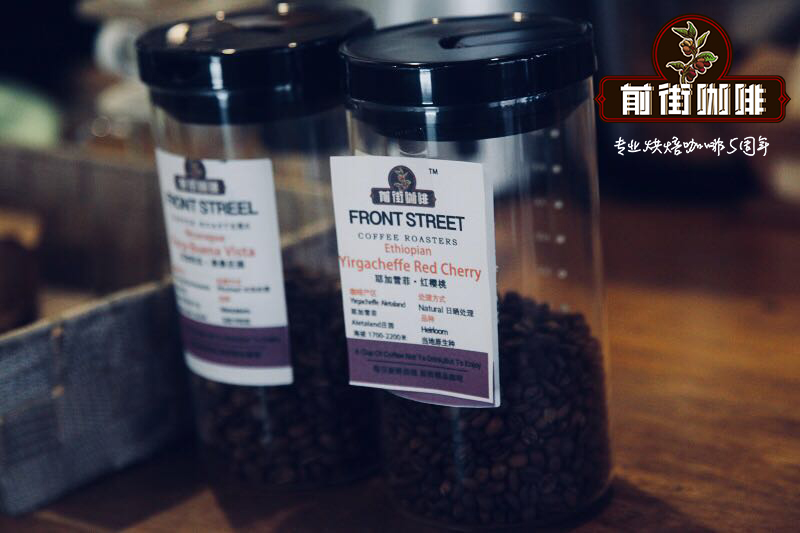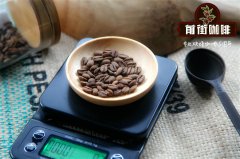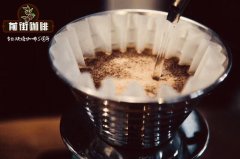How to make Brazilian Santos iced coffee? what kind of coffee is Brazilian Santos coffee beans suitable for?

Professional coffee knowledge exchange more coffee bean information please follow the coffee workshop (Wechat official account cafe_style)
Brazil Santos in South America began to grow coffee in 1727. At that time, coffee seeds were smuggled by Francisco de Mello Palheta from the neighboring French colony (French Guiana) in northeastern Brazil. In 1845, Brazil accounted for 45% of global coffee production. So far, Brazil's total output is still the first in the world, accounting for about 1 of the world's total output.
In Brazil, coffee trees are planted at an altitude of 650 to 2600 feet. The main producers are concentrated in the central and southern provinces, such as Minas Gerais, Sao Paulo, and Parana. More than 300,000 farms are engaged in coffee cultivation, covering an area of no more than 10 hectares, most of which are harvested by machines and treated in the sun. About 80% of coffee is Arabica. 65% of coffee up to export grade is exported from the port of Santos (Santos).
Brazil Santos-Syrador Coffee Brazil-Cerrado
Syracuse is a famous high-quality coffee producing area in Brazil. Its processing method is relatively fine. Unlike Brazilian Santos coffee, which is treated in the sun, Syrador coffee is mostly washed or semi-washed.
Premium Syrador coffee with nutty aromas, similar to Brazilian Santos but more delicate and clean. The aroma is moderate, the entrance feels soft and smooth, with a slight sweetness at the end.
Important Notice :
前街咖啡 FrontStreet Coffee has moved to new addredd:
FrontStreet Coffee Address: 315,Donghua East Road,GuangZhou
Tel:020 38364473
- Prev

Can you add sugar and milk to the Brazilian Santos black coffee? is the Brazilian Santos milk coffee good?
Professional coffee knowledge exchange more coffee bean information please follow the coffee workshop (Wechat official account cafe_style) in the 1830s, coffee accounted for 43.8% of Brazil's total Santos exports. In the mid-19th century, coffee farming peaked in Rio de Janeiro, centered around the Paraiba Valley. In 18511860, the average annual output of Brazilian coffee reached 2.6 million bags. So far
- Next

How to brew coffee beans in Brazil?
Professional coffee knowledge exchange More coffee bean information Please pay attention to coffee workshop (Weixin Official Accounts cafe_style) For the first time to drink Brazilian Santos coffee, friends suggest to use a small cup, after all, the taste is strong, to use a small cup mouth to taste refreshing. Because Brazilian coffee is a moderate choice, its acidity is moderate, sweet, bitter, alcohol three flavors are neutral, so the taste is very smooth. as
Related
- Beginners will see the "Coffee pull flower" guide!
- What is the difference between ice blog purified milk and ordinary milk coffee?
- Why is the Philippines the largest producer of crops in Liberia?
- For coffee extraction, should the fine powder be retained?
- How does extracted espresso fill pressed powder? How much strength does it take to press the powder?
- How to make jasmine cold extract coffee? Is the jasmine + latte good?
- Will this little toy really make the coffee taste better? How does Lily Drip affect coffee extraction?
- Will the action of slapping the filter cup also affect coffee extraction?
- What's the difference between powder-to-water ratio and powder-to-liquid ratio?
- What is the Ethiopian local species? What does it have to do with Heirloom native species?

